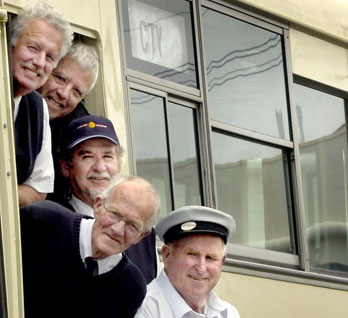He korero whakarapopoto
What is the workforce?
The workforce is made up of people of working age (15 and older) who are in paid employment or actively seeking work.
Workforce change
New Zealand’s workforce has changed over time, reflecting how the economy has changed.
Primary industries such as mining, forestry and farming employed many people in the early 20th century, but by 2006 those industries employed only 7% of workers. Manufacturing was a major employer from the 1950s, but in the 2000s it employed only 12% of workers.
In the 2000s most people worked in the service sector, which includes transport communications, retail, teaching and health. Because many of these jobs need specialist skills and qualifications, people were becoming more educated, on average.
Workforce size
Over the 20th century New Zealand’s workforce grew in size because of:
- people moving to New Zealand from overseas
- a population increase after the Second World War (the baby boom)
- Māori moving from rural to urban areas for paid employment
- more women working in paid jobs.
Men and women’s work
Traditionally, men went out to work, and women stayed at home to look after children. That began to change in the later 20th century as more women entered paid employment.
There are still some industries that have mainly male employees, such as construction. And some industries have mostly female workers, such as preschool education.
Self-employment
Over the 20th century there was a decline in the number of people who were self-employed, as more people worked for the government or large companies. In the 2000s the number of self-employed was increasing again. Self-employed people are more likely to be older and male.
New migrants
Before the Second World War migrants to New Zealand came mainly from the United Kingdom. Since then, migrants have come from a wider range of countries, including other parts of Europe, the Pacific and Asia.
In the 2000s migrants are usually highly skilled.
Ethnicity
New Zealand’s workforce has become more ethnically diverse due to immigrants coming from a wider range of countries that previously.
Age
The average age of people in the workforce is getting older. Reasons for this are:
- there is no longer an age when people have to retire
- the age for government superannuation has increased
- the ‘baby boomers’ are getting older.
Hours of work
More New Zealanders work long hours (50 hours or more each week) than workers in other similar countries. People working in some jobs, such as managers, drivers and farmers, are more likely to have to work long hours. Some people work part-time.
Productivity
Productivity (the average amount produced by each worker) is lower in New Zealand than in other industrialised countries. Since the 1990s the government has been trying to increase productivity by encouraging high-skill industries, where people earn more money per hour.





